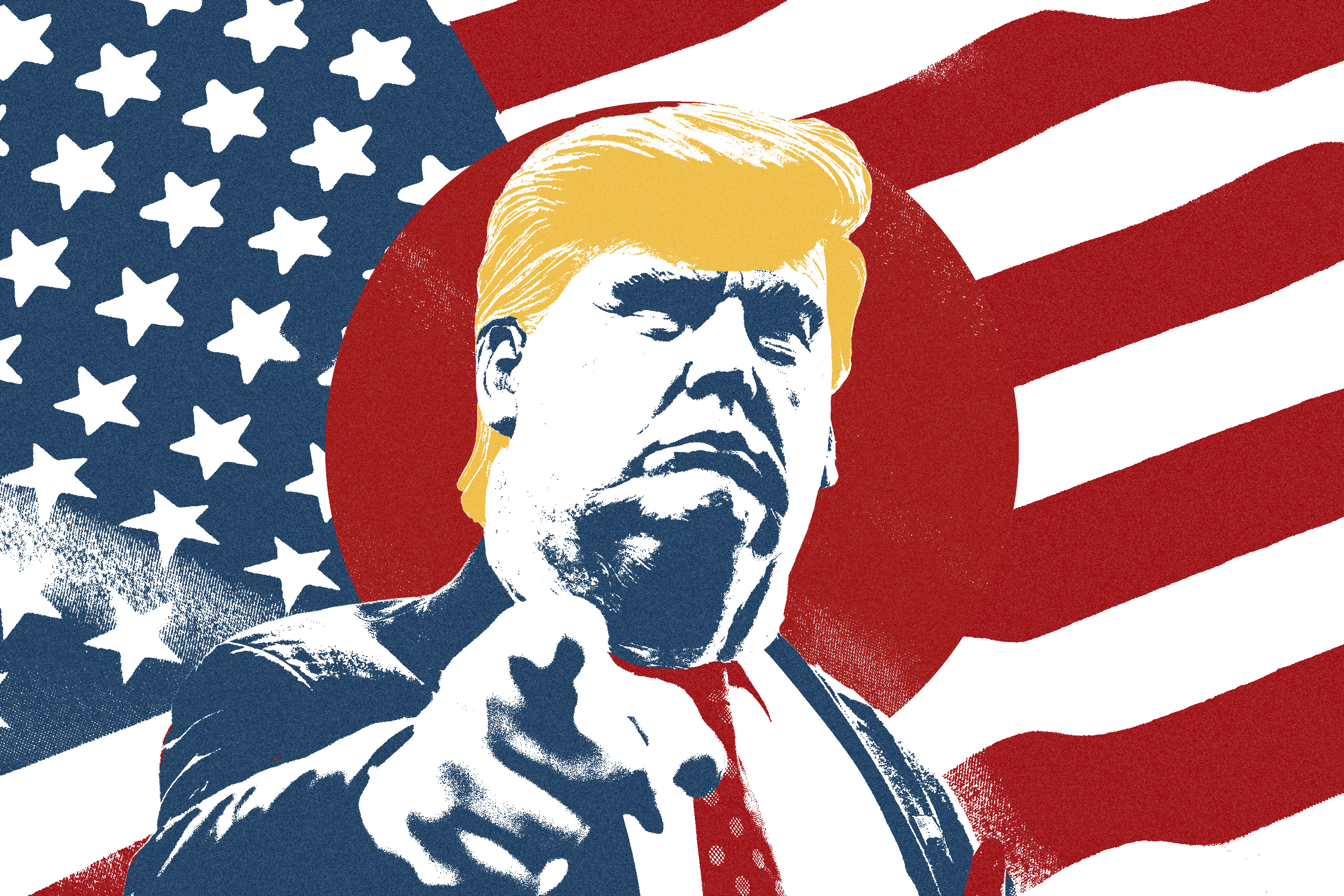Issue:
January 2025 | Cover story
Japan will need to stay on its toes as it prepares for another Trump administration

The Japanese government was more prepared for Donald Trump’s victory in 2024 than in 2016. For months, Tokyo fretted over the former president’s return – the public discussion replete with references to moshi-tora, hobo-tora, and kaku-tora that changed as the outlook in the United States shifted – wondering what a second Trump administration and the return of an “America First” foreign policy could mean for Japan and other U.S. allies in Asia. Within the government, there may be a sense that, having managed to work effectively with Trump before – and having had more time to prepare for his return – it may be possible for Japan to manage him again and preserve the relationship with the U.S.
The problem, however, is that there are several significant differences that could make a second Trump administration more challenging for Japan than the first.
For starters, while the Japanese establishment recalls with fondness how the late Shinzō Abe acted swiftly to build a relationship with the new president-elect, circumstances have changed dramatically. Trump is not the unlikely and underprepared victor that he was in 2016. He is now a vindicated victor who overcame criminal charges and investigations to return to office, winning the popular vote as well as an electoral college majority, and is unlikely to be swayed by a diplomatic charm offensive.
Meanwhile, Prime Minister Ishiba Shigeru is different from Abe in important ways. Whereas Abe in late 2016 was at the height of his powers – virtually unrivaled at home and an increasingly deft global statesman – Ishiba is the unpopular head of a minority government whose first foray into summitry generated headlines about his poor manners, such as when he was photographed looking at his phone instead of talking with his counterparts.
It seems significant that his attempt to meet with Trump shortly after the presidential election was rebuffed – supposedly out of respect for the Logan Act, which forbids private involvement in foreign policy, although Trump has met several world leaders after the election. If Ishiba does end up meeting the president-elect before his inauguration, it may only be due to the intervention of Abe’s widow Akie, who dined with Trump and his wife Melania at Mar-a-Lago in December.
The importance of a personal relationship between the leaders can be overstated. Abe’s relationship with Trump did not, for example, prevent his administration from imposing steel and aluminum tariffs on Japan, threatening automobile tariffs, or pursuing a rapprochement with North Korea. But it can help avoid some friction.
However, the biggest challenge for Japan (and other U.S. allies) is that a second Trump administration arrives with significantly greater uncertainty than the first. It is not that Trump himself has changed. He continues to view unpredictability as a virtue and a negotiating tactic. He continues to view U.S. relationships as largely zero-sum, convinced that Washington's allies have taken advantage of the U.S. and evincing little commitment to the values that have undergirded U.S. global leadership since 1945 and expressing his admiration for authoritarian leaders hostile to the U.S.-led order. And he continues to voice his love for tariffs as a tool for forcing international adjustments in his country's favor.
But unlike during his first administration, when Trump’s more “revisionist” tendencies were balanced by appointees with more traditional Republican inclinations, it appears that his second administration will have fewer traditionalists who might push back against the president’s preferences.
The uncertainty of Trump unbound is compounded by the fact that Trumpism is not a monolith. There are significant differences even within the broad America First camp, between those who might prefer a world based on a division of spheres of influence between the U.S. and other great powers (giving priority to the western hemisphere); those who want an Asia First foreign policy that reduces the U.S. commitment to Europe and focuses predominantly on competition with China; and those who might prefer a militant isolationism, reducing U.S. commitments overseas to focus on immigration and other domestic challenges.
These different schools of thought have different approaches to the major policy questions that will affect U.S. allies in Asia – not only the approach to China, but also to U.S. support for Ukraine against Russia’s invasion, U.S. involvement in the Middle East, and the role of tariffs in the Trump administration’s overall agenda – making it difficult for Tokyo (and Seoul) to anticipate where they will fit in the new administration’s plans. Or, for that matter, where Trump’s demands for more “fairness” in these relationships – reducing bilateral trade surpluses and contributing more towards the cost of stationing U.S. forces in their countries – will rank compared with other priorities.
For Japan, therefore, the range of potential outcomes from a second Trump administration vary substantially. It is possible that it looks like the first, that aside from some tariffs the influence of China hawks in the administration leads Trump to look to Japan and other U.S. allies in Asia as indispensable partners. But other, less favorable outcomes are possible, whether dealmaking with Russia and China that harms Japan’s interests or chaos within the US administration and political system that erodes the credibility of U.S. security guarantees.
Whatever hope the Japanese government had of replicating how it approached Trump during his first term, the reality is that the second Trump administration will require greater flexibility and nimbleness on Tokyo's part if it is to navigate the uncertainty.
Tobias Harris is the founder and principal of Japan Foresight LLC, a Japan-focused political risk advisory firm. He is also the author of The Iconoclast: Shinzō Abe and the New Japan, published by Hurst Publishers in August 2020. An updated paperback edition was published in October 2022.

